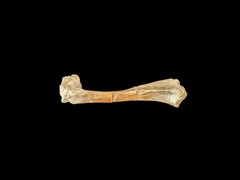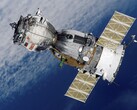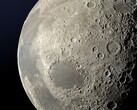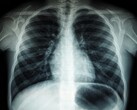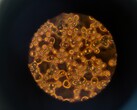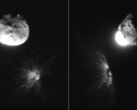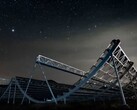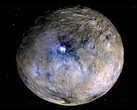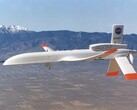Astronauts aboard the International Space Station (ISS) experience microgravity. Microgravity not only gives them a feeling of weightlessness, but it also does something to their bones. Previous studies have shown that astronauts suffer a loss of bone mass while in space.
Exercising tends to reduce this loss. But even with consistent exercise routines, astronauts still experience a 1 to 2% reduction in their bone density. This bone loss could especially be a problem on missions to the Moon and Mars, as these long-duration missions may not give room for emergency return to Earth.
Research to solve the problem is currently ongoing. The Microgravity Associated Bone Loss-B (MABL-B) mission is one of the most recent of these studies. The materials needed for the research just launched today aboard NASA’s SpaceX 33rd resupply mission.
This mission will build on what the Microgravity Associated Bone Loss-A (MABL-A) mission has already done. The results from MABL-A suggest that microgravity triggers signaling of the Interleukin-6 (IL-6) that promotes bone degradation. MABL-B will now try to find a way to block that signaling pathway.
The experiment will involve culturing mesenchymal stem cells (MSCs) and other bone cells for 19 days in specialized containers. These MSCs are the precursors of bone-forming cells. Samples from these cultures will be collected at intervals and later sent to Earth for analysis.
Since this bone research mission will ultimately help scientists better understand bone loss, its causes, and possible prevention, it could also be helpful in treating bone loss in people on Earth who suffer from osteoporosis.




